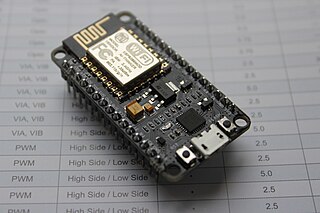
I’ve started a FLOSS remote control receiver project for DIY audio preamplifiers. I think it’s just about good enough to make public.
Remote control is one of the more challenging things for an audio DIY person to implement, so I thought having an open source hardware and software platform for doing this would be useful. It uses our good friend Arduino for brains and works with the Philips RC-5 protocol. I like RC-5 because its the closest thing I know of to a universal, well-documented, brand- and model-agnostic protocol.
The IR command decoding is done using Guy Carpenter’s excellent RC5 library. I also considered using Ken Shirriff’s multi-protocol IR library. Ken’s library works with a large number of protocols, but I thought its larger memory footprint might preclude porting this thing to tiny AVRs.
Details on the project are available in my RC5-Preamp GitHub or GitLab repository. [2021 update: This project is currently abandonware, so I have made the above repos private. If anyone wants access, contact me and we’ll figure something out.]







